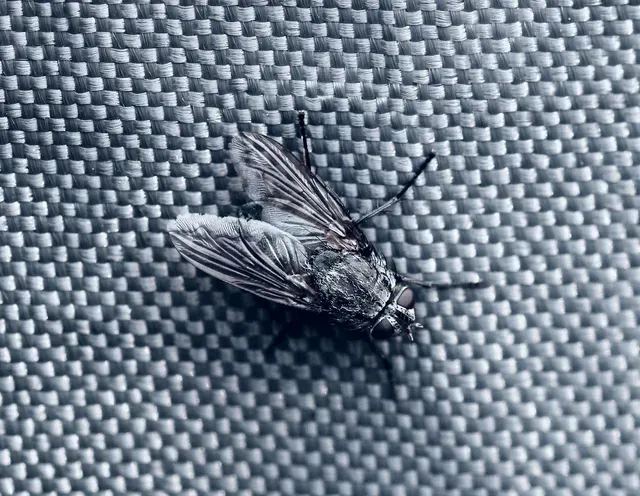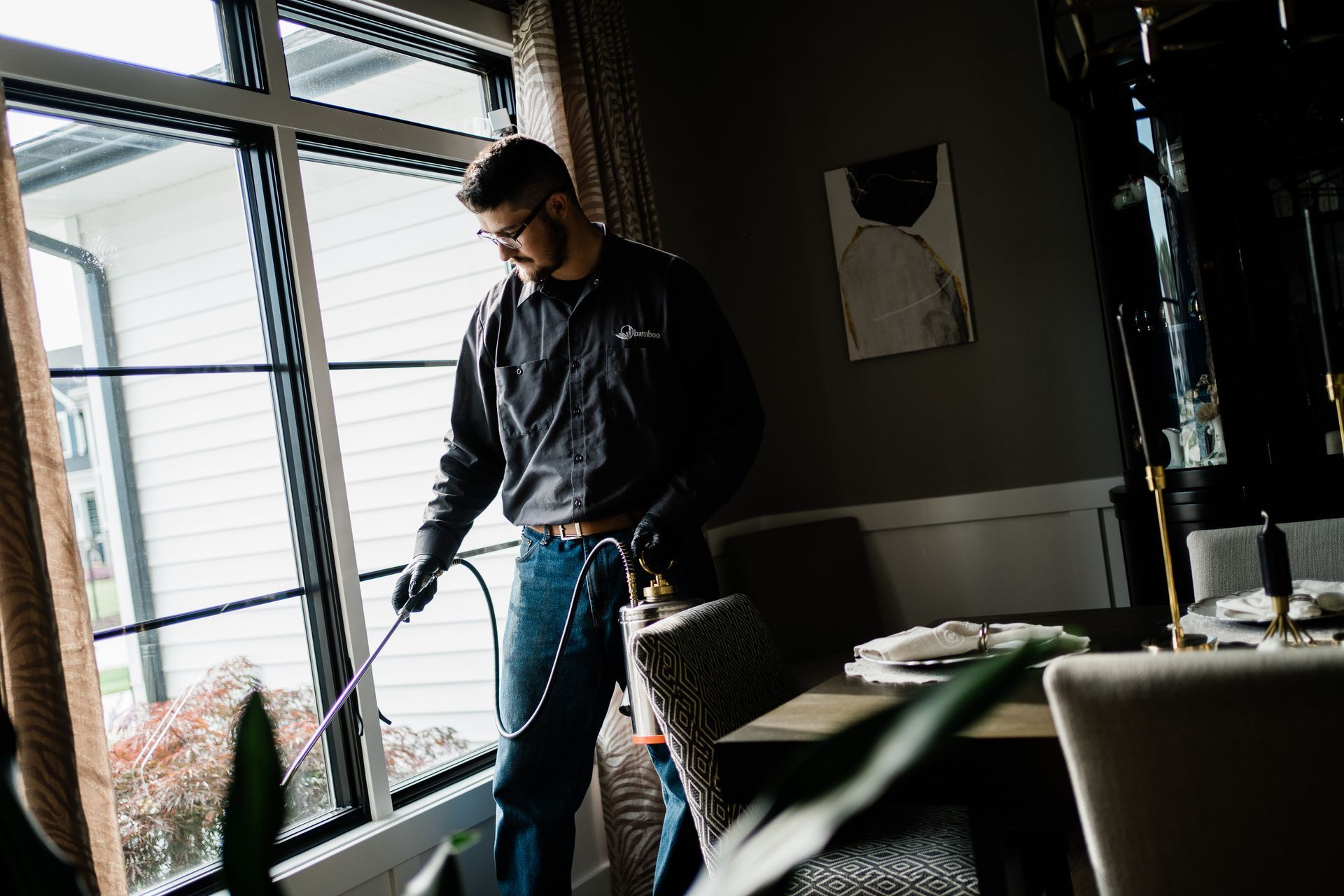What’s Causing An Unexpected Increase Of Large Flies In My Home?
Why Flies Suddenly Invade Indoors
Dealing with a sudden invasion of large flies in your home can be frustrating, but understanding why they appear is the first step to controlling the problem. Flies aren’t just an inconvenience—they can also carry harmful bacteria that could contaminate your food. If you’re dealing with more flies than usual, it’s important to identify what’s attracting them and take steps to prevent a full-blown infestation. And if the issue becomes too much to handle, a local pest control company can step in and help get rid of the problem.
What You Should Know About Flies
Flies belong to a group of insects called Diptera, meaning they only have one set of wings. The types of flies most commonly found in homes include house flies, cluster flies, fruit flies, and drain flies. Each has its own habits and reasons for entering your living space, so knowing which type you’re dealing with can help you target the problem more effectively.
Food Sources and Breeding Areas Are Major Attractants
Flies are constantly searching for places where they can easily find food and breed. House flies, for example, are drawn to things like garbage, pet waste, and decaying food. Fruit flies are more likely to show up around overripe fruit or fermenting vegetables. Drain flies thrive in damp, moist areas such as clogged drains, while cluster flies typically breed outdoors but invade homes to find a warm place to survive the winter.

Common Causes of Fly Infestations in Your Home
Rotting Organic Material (Like Food Waste)
One of the primary reasons flies invade your home is due to the presence of decaying organic matter. Flies are naturally attracted to garbage, compost, and pet waste, where they lay their eggs. These breeding sites provide the ideal environment for flies to thrive, leading to a rapid increase in their population once the eggs hatch.
Warm Temperatures
Flies flourish in warm environments, with temperatures above 75 degrees Fahrenheit speeding up their breeding process. Warm indoor spaces such as kitchens, bathrooms, and laundry rooms offer the perfect conditions for flies to reproduce quickly, especially during the summer months when flies are most active.
Gaps and Cracks in Your Home
Flies, particularly cluster flies, can easily find their way inside through tiny openings around windows, doors, and foundations. These structural vulnerabilities allow them to enter and hide in attics, crawl spaces, or false ceilings, especially during cooler months when they seek shelter. Once temperatures rise, they become more active, and you may notice more flies buzzing around your home.
Common Types of Flies You Might Encounter
House Flies
House flies are notorious for being attracted to decaying organic matter such as garbage, compost, and pet waste. They are prolific breeders, often laying hundreds of eggs in moist areas. Their rapid life cycle means that populations can grow quickly, making them a common nuisance in homes.
Cluster Flies
Often mistaken for house flies, cluster flies are slower and tend to gather near windows, especially on the sunlit side of a building. These flies breed outdoors during warmer months, using earthworms as a food source for their larvae. As the weather cools, they find their way inside through small cracks and openings to hibernate through the winter.
Blow Flies
Blow flies are larger and can easily be recognized by their metallic sheen. They are typically drawn to dead animals, and their presence indoors may indicate a hidden carcass somewhere within your home.

Practical Ways to Prevent and Manage Fly Infestations
Keep Your Food Areas Clean
One of the simplest ways to prevent flies from invading your home is by maintaining clean and sanitary food areas. Be diligent about throwing away garbage, regularly cleaning trash cans, and picking up pet waste quickly. Make sure food is stored in airtight containers, and spills are cleaned up as soon as they happen. Disinfect surfaces where food is prepared using regular household cleaning products or an eco-friendly option like vinegar, which helps deter flies naturally.
Seal Gaps and Holes Around Your Home
To stop flies from sneaking inside, it’s important to inspect and fix any damaged screens on windows and doors. Look for cracks or gaps in your home’s foundation, walls, or around window frames and doors, and seal them properly. Re-caulking these areas, especially if you notice any gaps, can go a long way in keeping flies out.
Manage Moisture Levels
Flies are attracted to moist environments, so reducing humidity in key areas like bathrooms, kitchens, and basements is important. Dehumidifiers can help manage moisture levels, while fixing any leaks will make these areas less hospitable for flies. Avoid leaving water sitting in sinks or containers for extended periods, as stagnant water is an ideal breeding ground for flies.
Use Fly Traps and Safe Insecticides
In cases where fly populations become more troublesome, you may need to use fly traps or insecticides. Place traps near windows, doors, and other potential entry points to catch flies as they come in. Be sure to follow the instructions on any products carefully to minimize health risks.
Why Professional Pest Control May Be the Best Solution
While taking preventive steps can manage many fly problems, sometimes professional help is necessary, especially if:
- The infestation persists despite your efforts.
- The source of the flies is hard to locate or access.
- There are health or safety concerns related to the infestation.
- You’re dealing with particularly harmful or nuisance species.
A pest control service like Kennewick Pest Control By Bamboo can assess the extent of the problem, identify the factors contributing to the infestation, and implement targeted treatments to eliminate the flies safely and effectively. They can also offer advice on long-term prevention strategies to help keep your home fly-free in the future.
Flies can be more than a nuisance, but with consistent sanitation, proper sealing of entry points, and reducing favorable conditions, you can limit their presence. For persistent problems, hiring local
pest control services ensures you have a safe and effective solution. Contact Kennewick Pest Control By Bamboo today to learn more about how we can help you tackle your fly issues for good.
For service call: (509) 204-3939
Copyright © 2024 - Kennewick Pest Control by Bamboo All Rights Reserved
